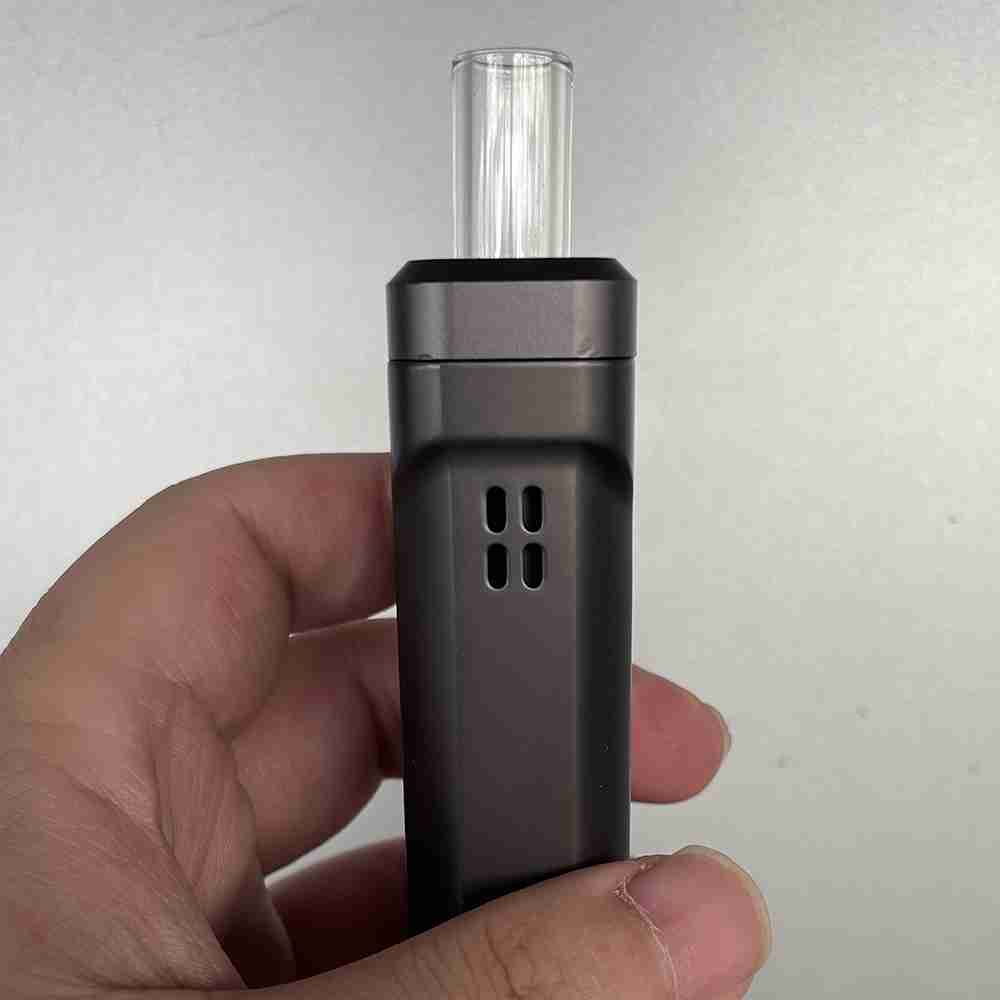Dry Herb Vaporizer vs Vape Pen: Understanding the Key Differences
In the evolving world of vaping, two popular choices stand out: dry herb vaporizers and vape pens. Both devices cater to different preferences and styles, making it crucial for users to understand their distinctive features. This comprehensive guide delves into the fundamental differences, offering insights to help you choose the right one for your needs.
1. Material Compatibility: Dry Herbs vs Concentrates
The most apparent difference between these two lies in the material they are designed for. Dry herb vaporizers are specifically made for vaporizing ground cannabis flowers. They offer a more traditional experience, closely mimicking the sensation of smoking but without combustion. Vape pens, often referred to as oil vape pens, are designed for oil concentrates. These concentrates are usually more potent than dry herbs, containing about 60-80% THC compared to 10-25% in dry herbs.
2. Design and Portability
Vape pens, true to their name, are slim and resemble a pen, making them highly portable and discreet. They are ideal for on-the-go usage and can easily fit in your pocket. On the other hand, dry herb vaporizers are generally larger due to their need to accommodate a chamber for the dry herbs. This size may reduce portability but often translates to better battery life and more features.

3. Heating Mechanism and Control
Dry herb vaporizers typically use conduction or convection heating methods. Conduction involves direct contact of the herb with the heating element, while convection passes hot air through the herb, heating it more evenly. Most dry herb vaporizers offer a range of temperature settings, allowing for precise control over the vaping experience.
In contrast, vape pens for concentrates usually have limited temperature settings, with some offering only 3-5 preset modes. The focus here is on convenience and ease of use, with less emphasis on customization.
4. Maintenance and Cleaning
Maintenance for both types of devices varies. Dry herb vaporizers require regular cleaning of the chamber and the filter screen to ensure optimal airflow and performance. Vape pens, especially those using pre-filled cartridges, demand less maintenance. However, it’s important to keep the airways clear to prevent clogging.
5. Battery Life and Charging
Both dry herb vaporizers and vape pens are rechargeable, typically through a USB cable. However, dry herb vaporizers often have larger batteries to accommodate the higher power needed to heat the chamber. This means they can have longer battery life but may also take longer to charge. Vape pens, with their smaller batteries, are more suited for short, less frequent sessions.
Final Thoughts about Dry Herb Vaporizer vs Vape Pen
Choosing between a dry herb vaporizer and a vape pen boils down to personal preference and lifestyle. If you prefer the traditional flavor and experience of dry herbs and don’t mind a bit of maintenance, a dry herb vaporizer is your go-to. For those seeking a more potent, discreet, and convenient option, especially while on the move, vape pens are the ideal choice.
Remember, no matter your choice, vaping is a healthier alternative to smoking, offering a purer and cleaner way to enjoy cannabis. Whether you opt for the rich flavors of dry herbs or the potent hits of concentrates, there’s a device perfectly suited to your vaping journey.